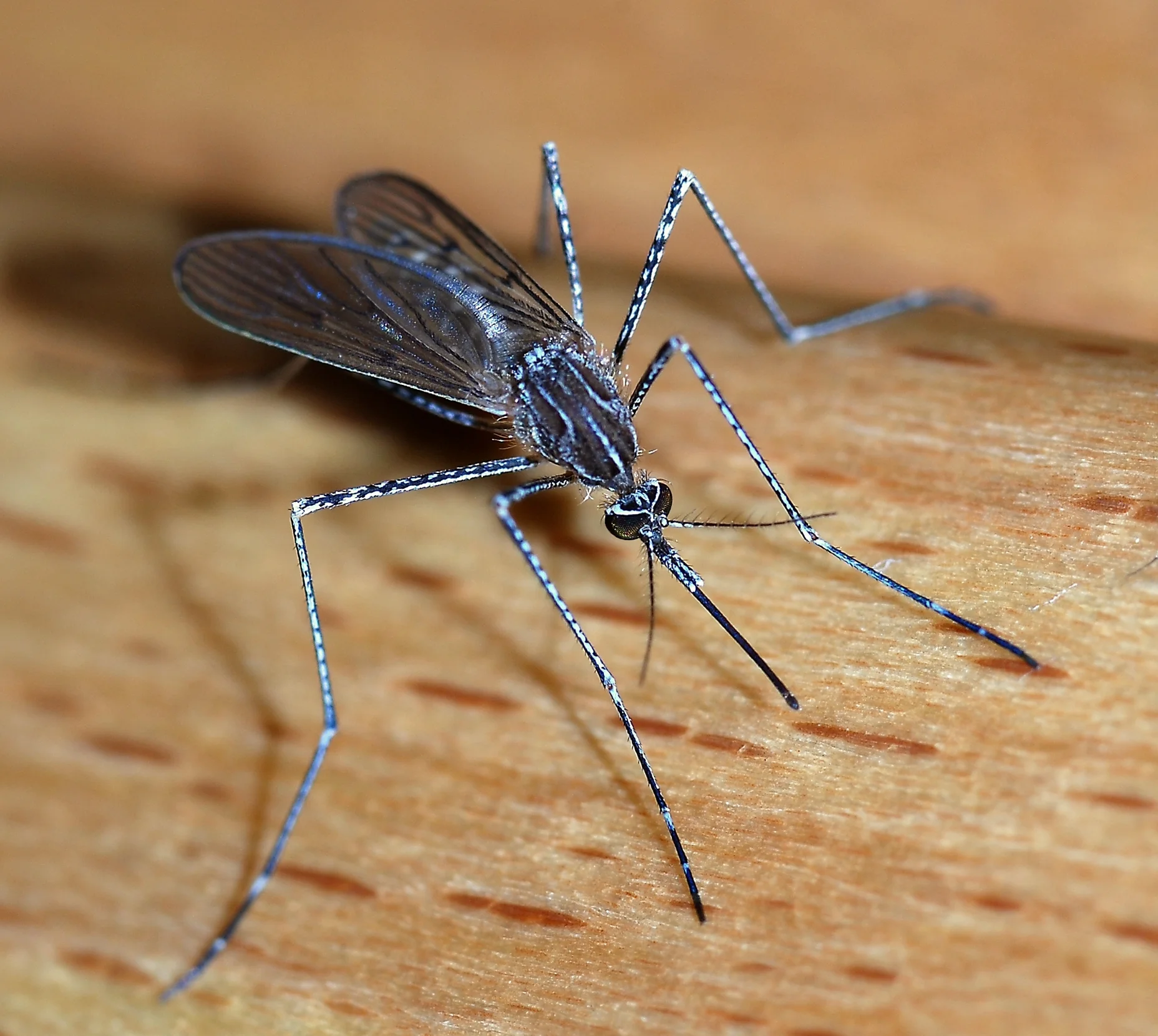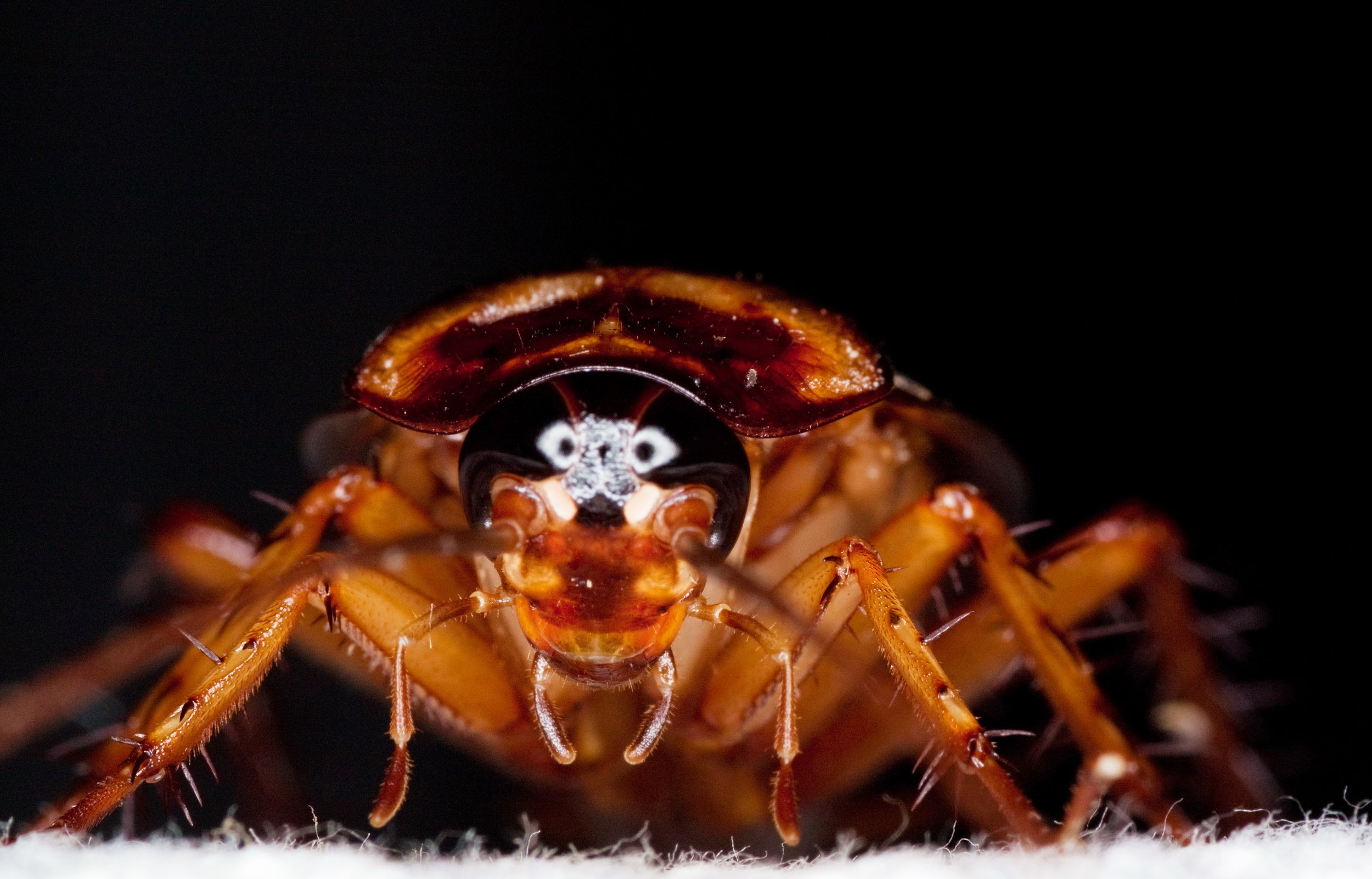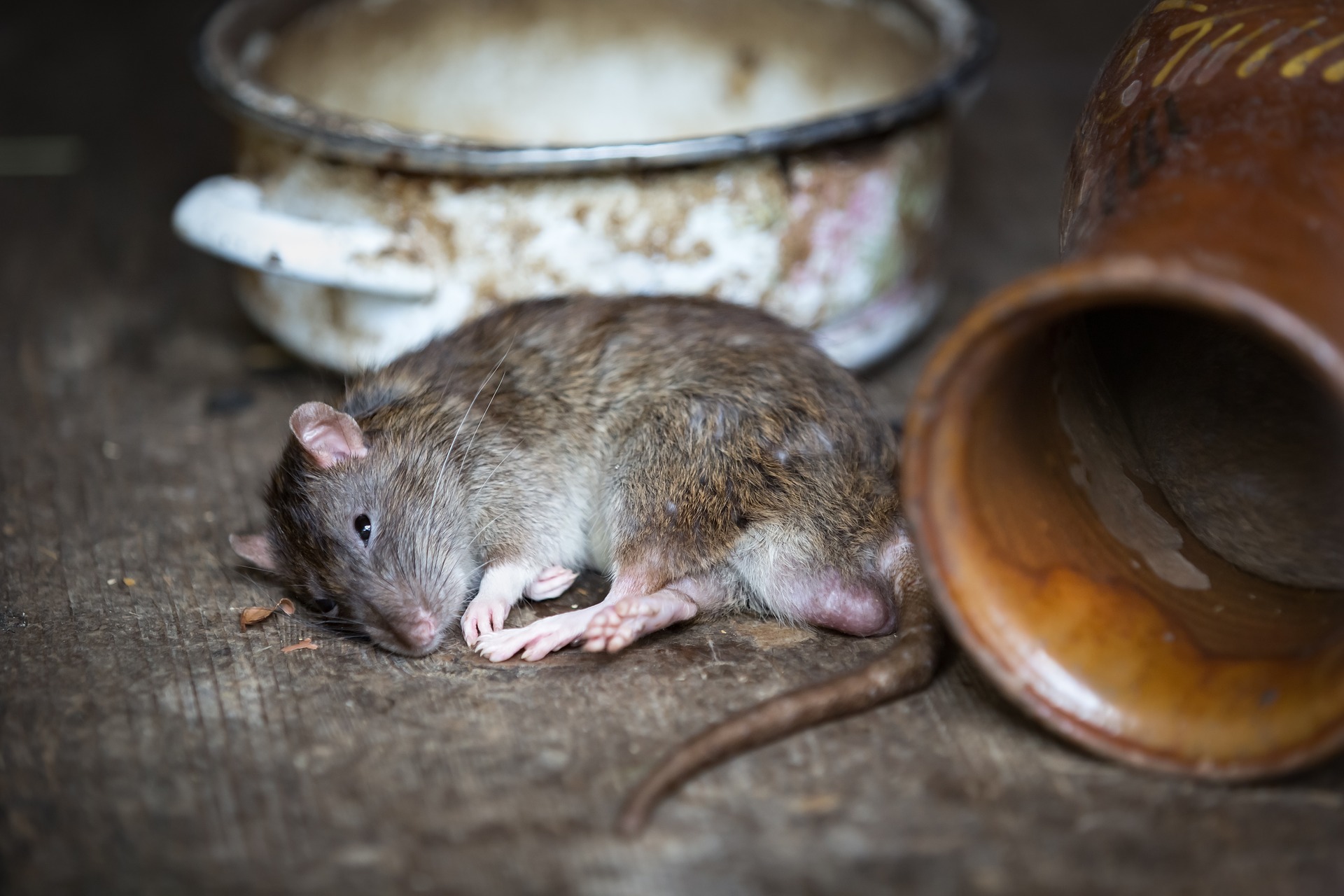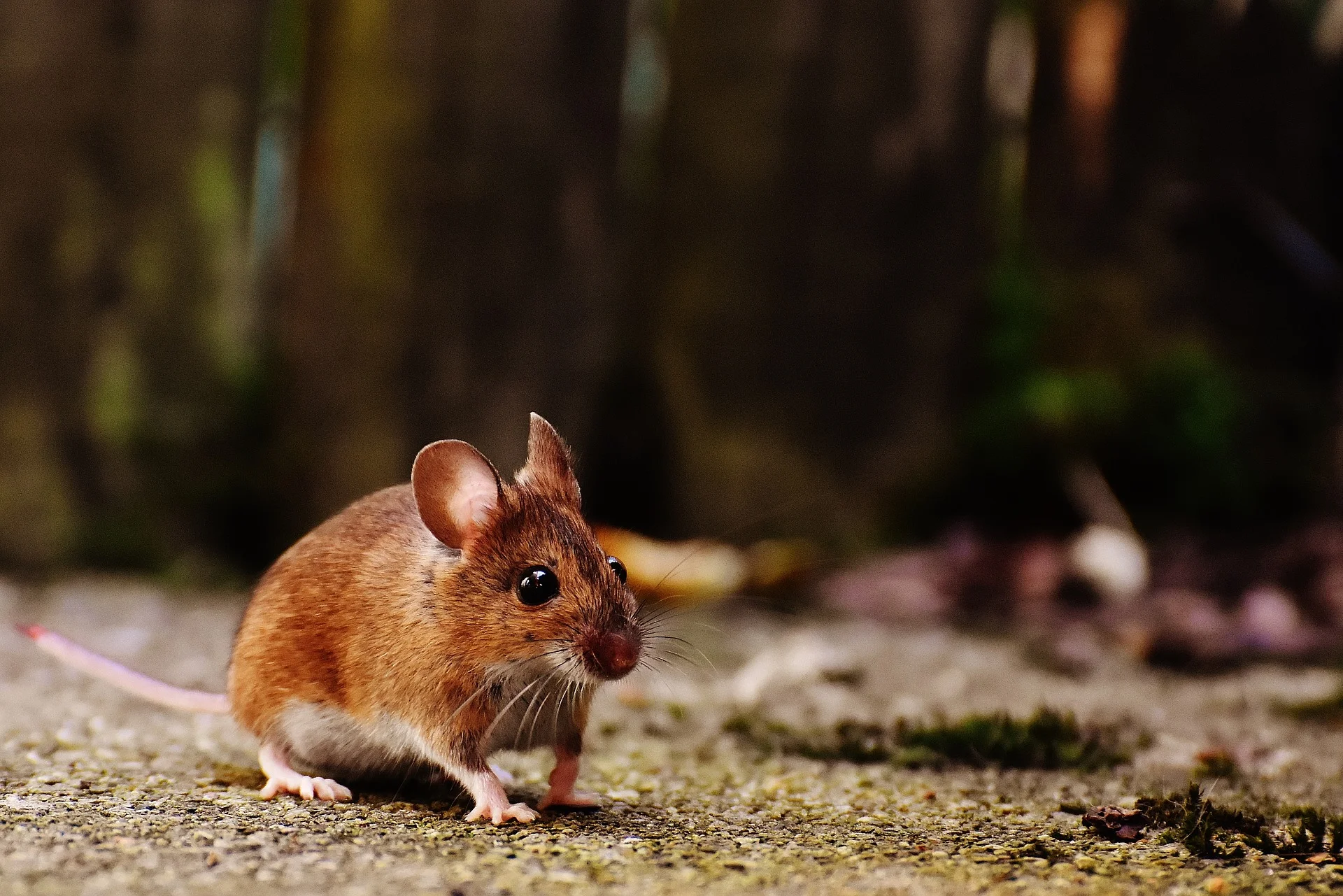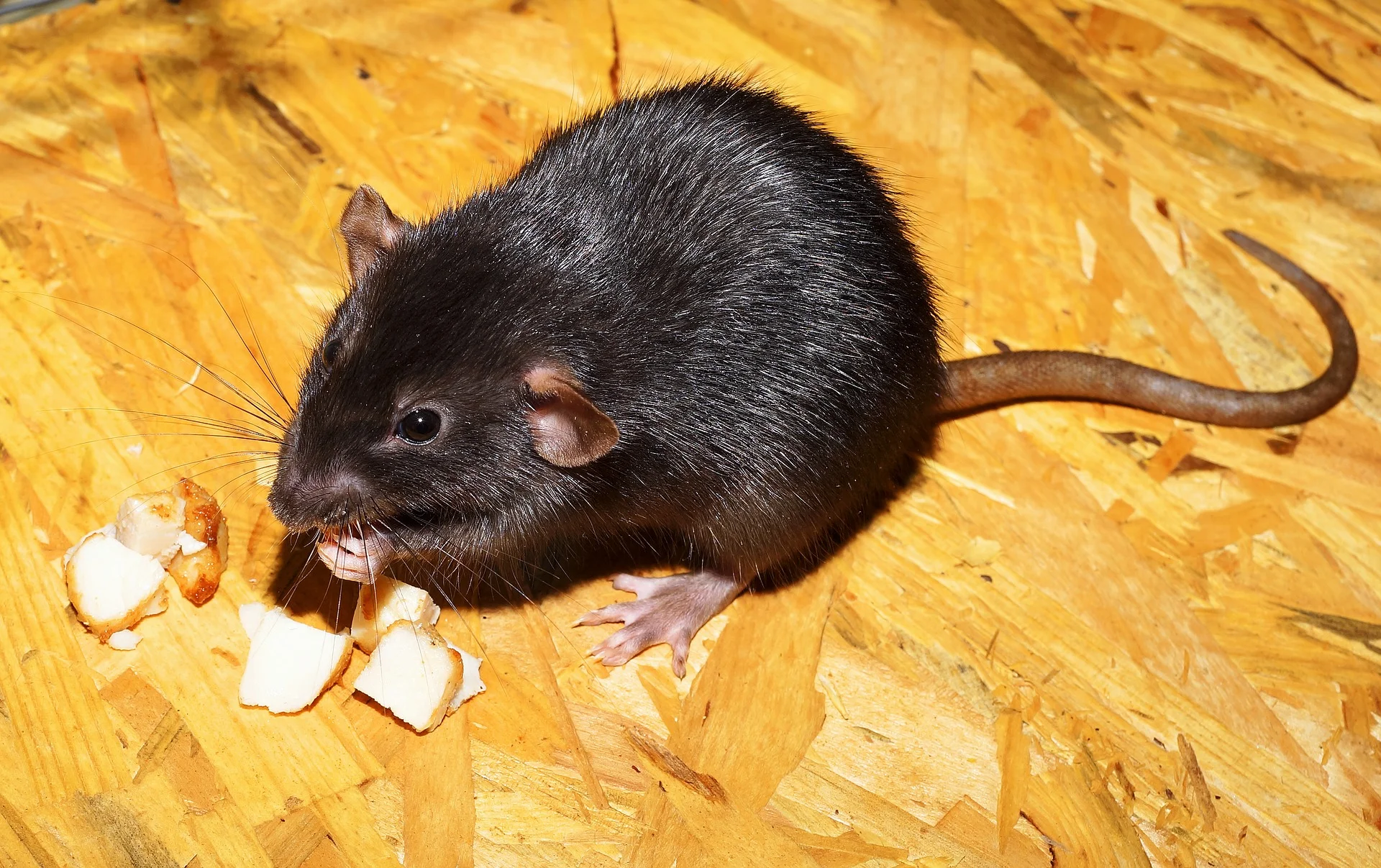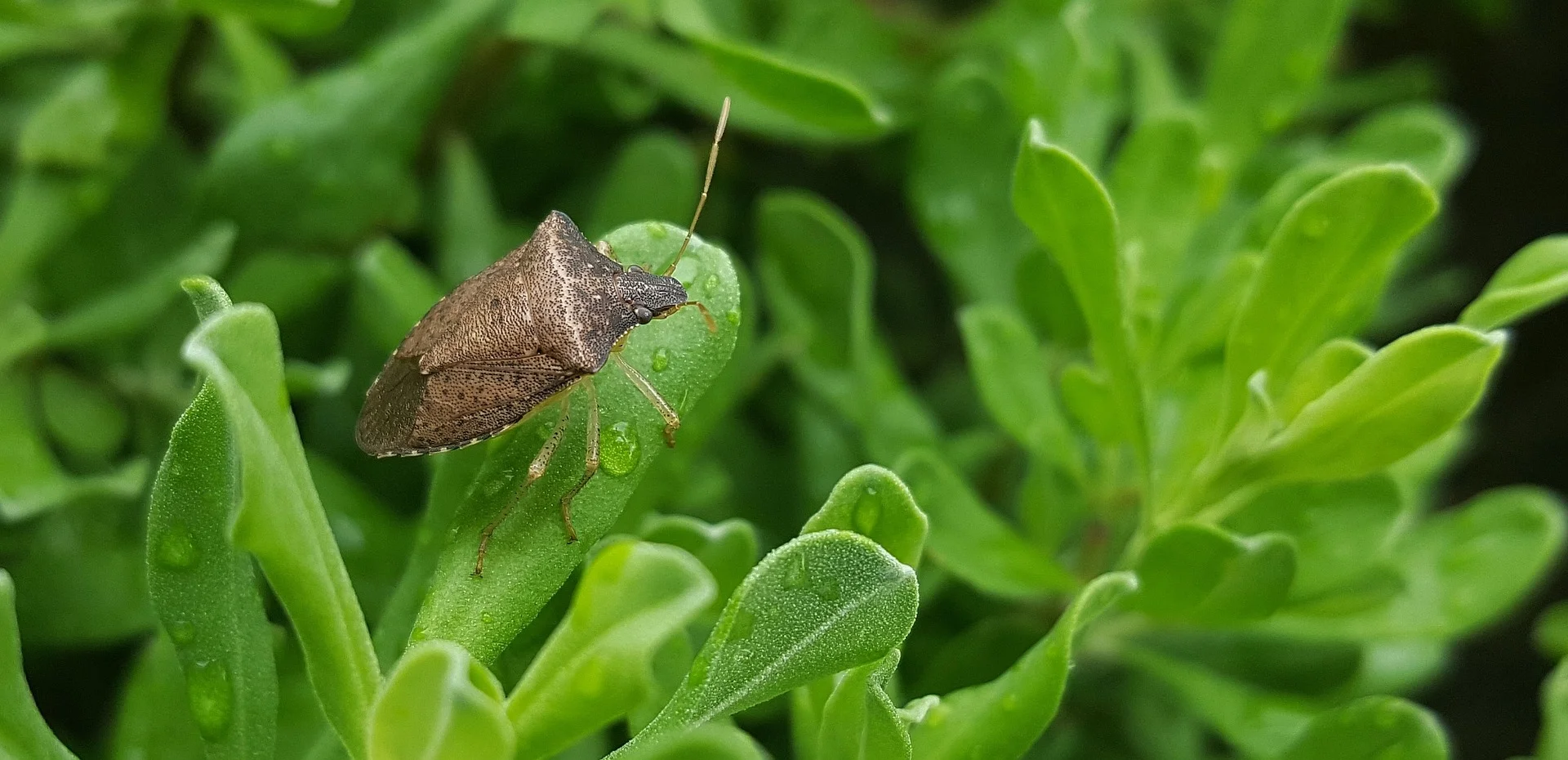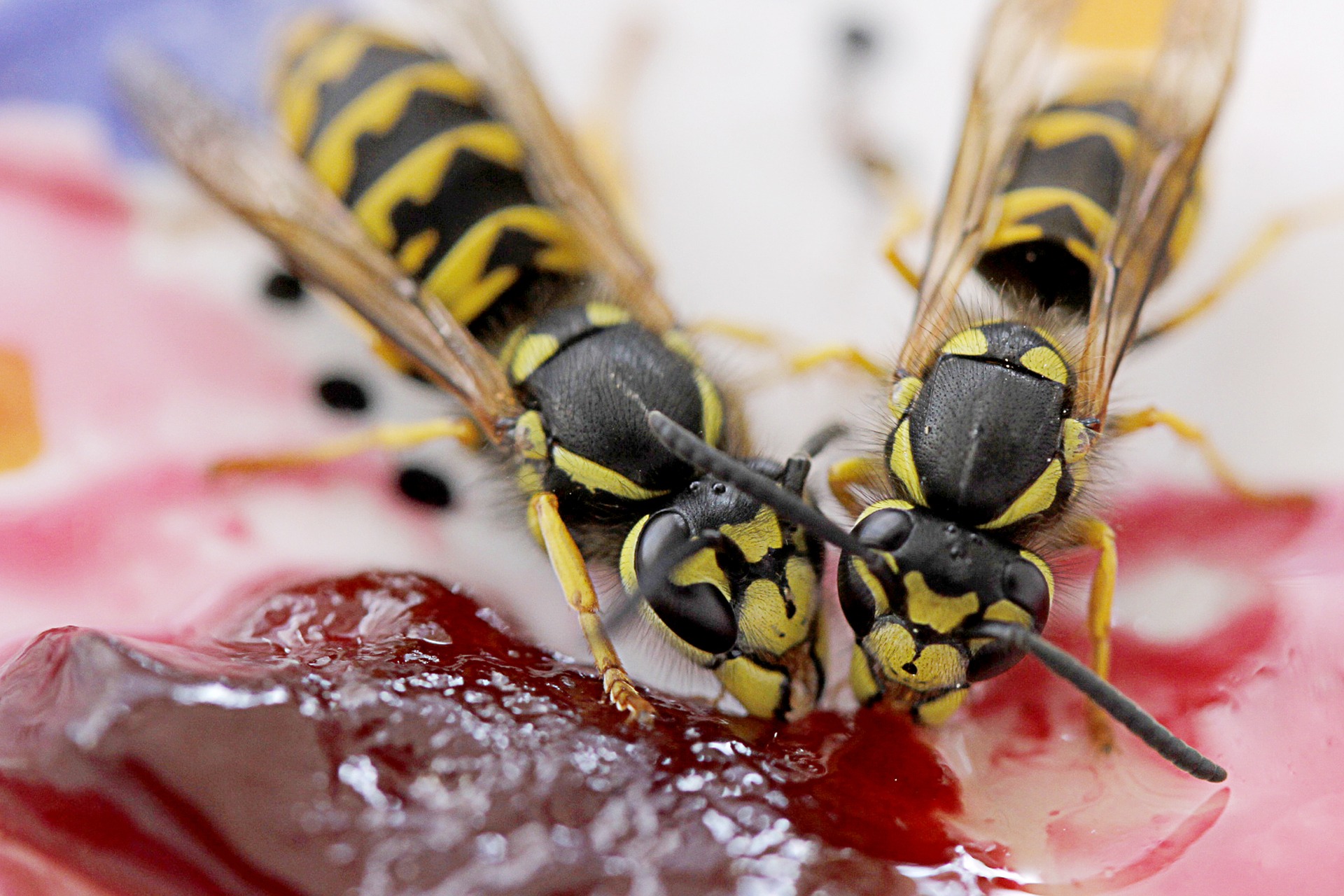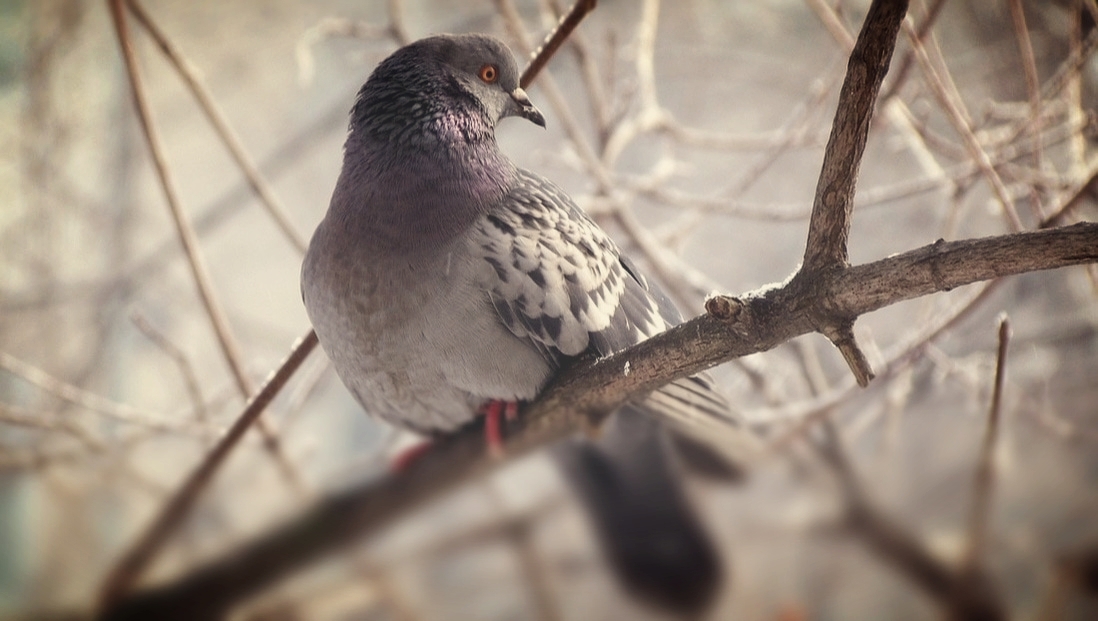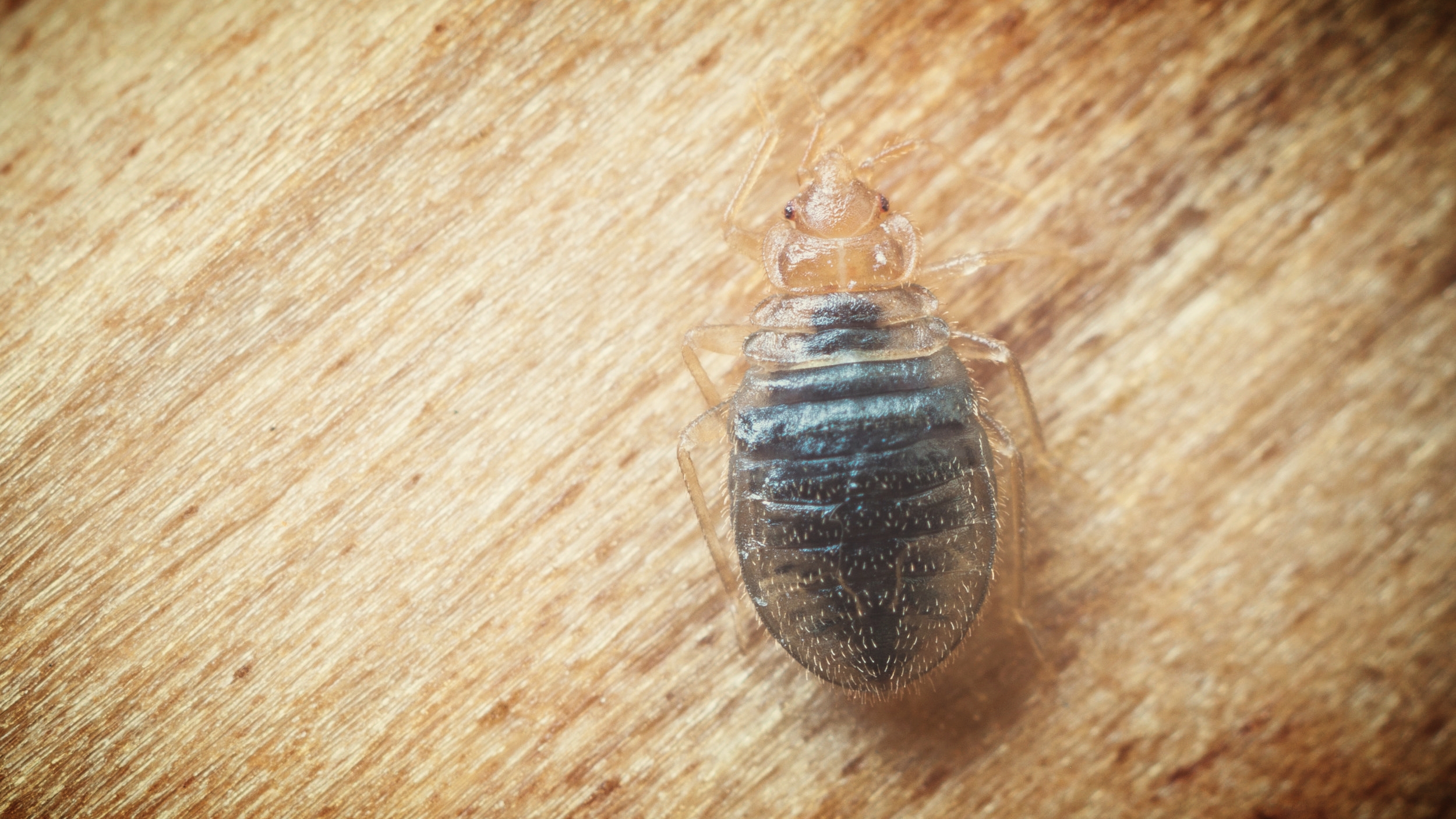When there is a serious infestation present a strong odor is typically smelled. Bodies from dead cockroaches may be found throughout the area or entire house. Egg cases, called oothecae can be seen laying around, and young roaches are visible crawling on floors, running up cabinet interiors, and hiding together.
Cockroaches are nocturnal creatures that prefer living and feeding when its dark, so if you see a cockroach during the day it's usully a sign of infestation. Cockroaches prefer moist places to hide and breed. You can find them behind refrigerators, under and around sinks and stoves too. Commercial establishments may have roaches in floor drains and around motors housed within major appliances. Cockroaches can flatten their bodies and fit into narrow areas. Cockroaches can be found underneath rubber mats in resuarant kitchens, behind wallpaper in any establishment, and within cracks and voids of walls.
Feces from cockroaches is visible during an infestation. Young roaches and nymphs produce feces that look like coffee grounds or black pepper. Larger roach species like American, Australian, and Pennsylvania Woods leave behind droppings larger and more cylindrical like a mouse. The amount of feces in an area is a positive sign of the level of infestation.
Allergies and cockroaches
German, American and Oriental cockroaches’ feces and saliva contain problematic proteins and allergens. These proteins and allergens may cause asthma attacks. In densely populated cities, researchers have identified a direct connection between the presence of cockroach infestations and the onset of asthma attacks.
ccording to the United States National Institute of Environmental Health Sciences and the United States National Institute of Allergy and Infectious Diseases it was proven in 2005 that among a the general population of inner city children, cockroach infestations triggered asthma symptoms more than other known allergen.
Preventing cockroaches
Eliminating cockroaches in any type of structure requires a combined effort on the part of management, homeowner or tenants, and the pest professional. Cockroach infestations may worsen when tenants and homeowners tackle them on their own. The misuse of retail products may cause populations of roaches to spread out and increase size of the infestation. Cockroaches can move on to other units in apartment buildings, other rooms of a home, and to other parts of a commercial kitchen.
Steps can be taken to prevent cockroaches from infesting your home or establishment. Dishes should always be washed, dried and then put away. Food must never be left on counter tops or tables. Old plumbing lines and other potential leaks should be corrected. Garbage and food scraps need to be taken out each day. Any holes or cracks in ceilings bases and walls need seald or repaired. If you're living in an apartment building and see signs of an infestation you should immediately report it to the superintendent or property manager immediately.




